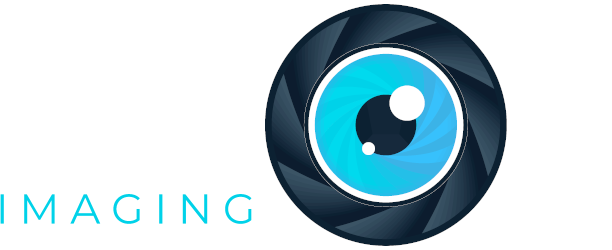VIEWPORT OVERVIEW
The simplest viewport option used to separate the hydrospace environment from a camera is a flat window or “flat port”. Using a flat port decreases camera field of view in water by approximately 25%. Optical aberrations of a Flat Port include lateral color, astigmatism and distortion which are substantial for FOV angles greater than 45-50 degrees and increase rapidly for FOV angles greater than 55-60 degrees. Therefore, the primary use of a flat port is limited to underwater macro and high magnification underwater imaging using large focal length zoom lenses with small FOV.
An extremely popular viewport form is the concentric dome. Optical aberrations of lateral color, astigmatism and distortion are extremely small and concentric surfaces of viewport can withstand high pressures associated with operation in deep water. Unlike the flat port, a concentric dome port preserves the native FOV of wide angle camera lenses.
Underwater adapters use a non-concentric viewport to increase native FOV of camera / camcorder lenses. Additional optical elements are combined with the non concentric viewport form to correct aberrations associated with increased FOV. Camcorders and cameras with smaller image sensors are frequently combined with adapters.
